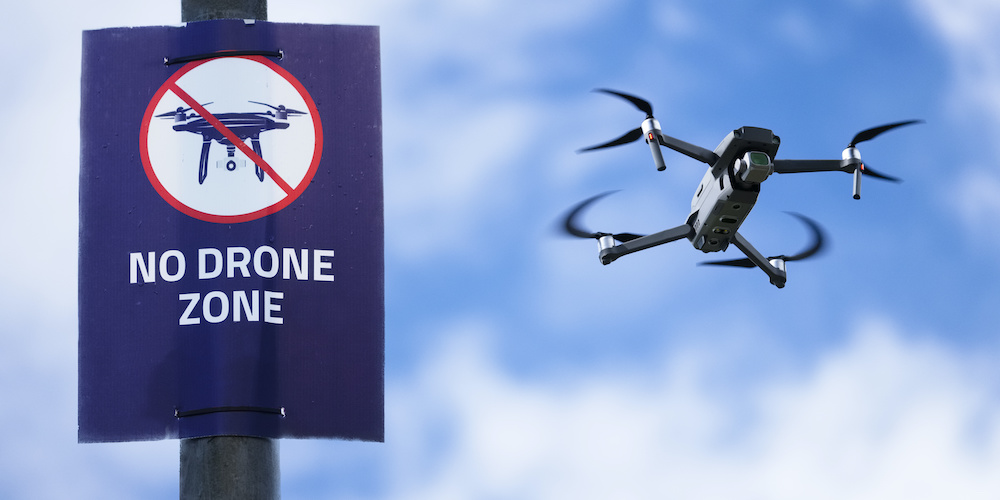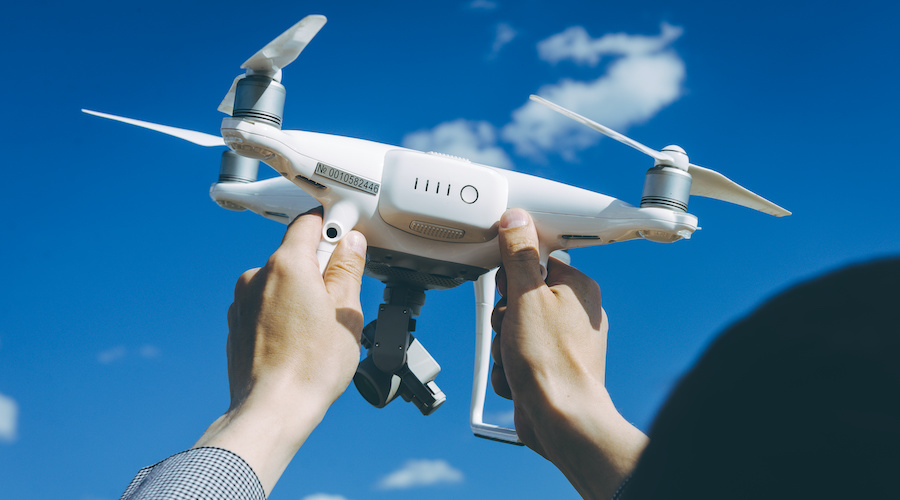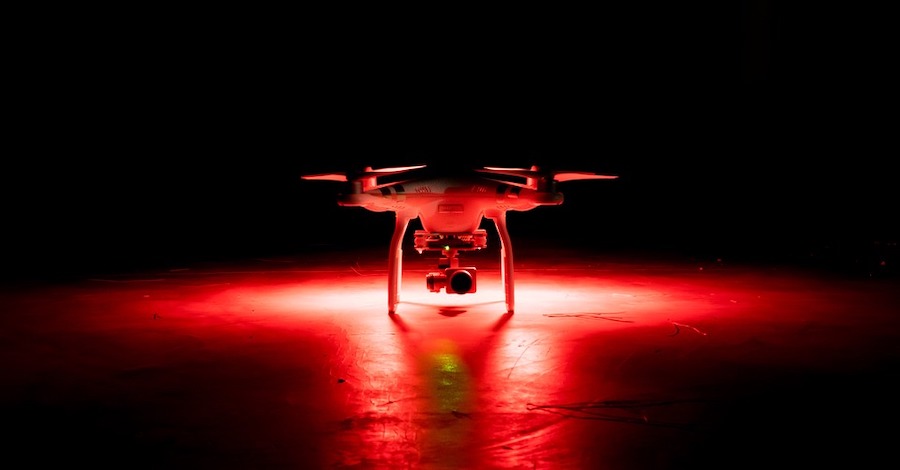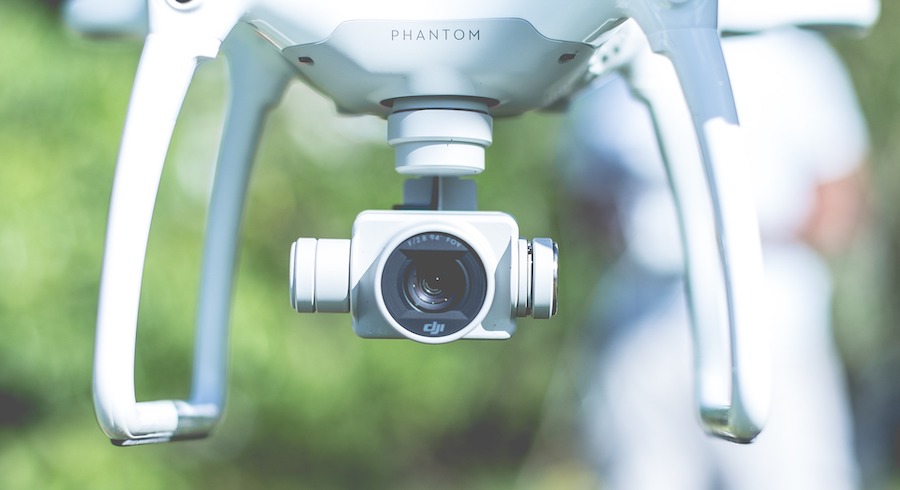While FAA laws on drone flight are pretty easy to discuss because they apply just about anywhere in the US, law enforcement policies can be a bit less clear. Other drone policies, particularly those implemented by law enforcement, can be specific to a state or city. This means that you need to do your due diligence whenever you fly your drone in a new location just to make sure that you don’t up having to pay a fine or risk having your drone confiscated.
This article isn’t meant to provide an exhaustive list of law enforcement drone policies per state. Instead, we’ve come up with a list of factors that state-specific drone laws typically consider and which you should also watch out for.
FAA rules still apply
This should be top of mind for all drone pilots, whether you do this professionally or for fun. FAA rules apply for the entire national airspace. This fact can be easy to overlook when you focus too much on the rules of drone flight that are specific to your location. Moreover, law enforcement officers are deputized by the FAA to ask for necessary documentation or shut down unauthorized UAS operations.
Violating operational limitations is probably the most egregious way for you to catch the attention of law enforcement while flying a drone. This includes flying a drone over crowds, moving vehicles, or at night without the proper authorization. If you’re planning to fly a drone near an airport or over a sports stadium, then you can expect a law enforcement officer to approach you to ask for documentation.
The good thing about FAA rules is that they apply everywhere, making compliance a lot easier. When it comes to matters of national airspace, FAA holds the ultimate jurisdiction. This means that, should there be a conflict between state laws and FAA rules, the FAA will have the higher authority.
However, you would still not want to be in a situation where you become the focal point of a conflict between the FAA and a branch of local government. Thus, you need to take heed of both sets of rules – the FAA’s and that of the state or city you’re flying your drone in.
Privacy issues
Privacy has always been one of the biggest public concerns about drone flight. This is hardly surprising considering how the original UAVs were used by US military forces for surveillance. Modern drones are even more suited for surveillance because of high-resolution cameras with low-light capabilities and powerful zoom features. Moreover, drones can now be outfitted with sophisticated surveillance tools like infrared cameras, automated subject tracking, and facial recognition.
Surprisingly enough, the FAA enforces no restrictions on drone flight that are aimed towards addressing any of these privacy issues. It is then up to state or city governments to address the privacy issues raised by its residents or unique to its setting.
It only takes a rough sampling of privacy-related issues to be convinced how disturbing improper use of drones can be. In 2016, a man in Utah who spied a drone flying around his bathroom window was able to chase it down and retrieve it. What he found saves in the drone’s storage was a collection of photos and videos of various people inside their apartments, all apparently shot through their windows and without their consent. In 2018, a man and his family were peacefully strolling along a beach in New Zealand when they found themselves being followed and recorded by a drone flying above them.
Right now, at least 24 states in the US have passed drone flight laws relating to privacy. These laws vary considerably from one state to another. Just to illustrate a point, here’s a quick sampling of privacy-related laws in different states:
- The Freedom from Unwarranted Surveillance Act (934.50) of Florida prohibits the use of a drone equipped with a camera to record images or videos of a privately owned property or the owner, tenant, or occupant of the property without their written consent. Further, the law defines a reasonable expectation of privacy if a person in inside a privately owned property and is not observable by persons located at ground level.
- In Dakota, trespassing of a drone in private property or the use of a drone for unauthorized recording or eavesdropping is considered a Class 1 misdemeanor. However, drone use by police officers or for commercial and agricultural purposes are exempted from this law, given compliance with existing FAA regulations.
- Utah has several provision regulating drone flight that are related to privacy. A drone pilot can be guilty of trespassing if a drone knowingly flies and remains unlawfully over a private property to which notice against entering is a given – even just a fence would suffice. There’s also a separate provision against voyeurism, defined as the use of recording equipment to capture videos or images of a person in certain instances without their consent.
In any case, there are a few conditions to watch out for so you do not run afoul of privacy issues when flying a drone – flying over private property, photographing or filming people in a place where they a reasonable expectation of privacy, or publishing images of people without their consent.
Safety and security
The safety and security of drone operations is the main focus of the regulations and restrictions created by the FAA. For the most part, the FAA rules suffice to address any concerns with airspace safety. This includes strict rules against drone flight near airports, limitations on the altitude of drones, and a requirement for drones to always yield the right of way to all types of manned aircraft.
State and city drone laws seek to address the safety of the general public. This includes laws that prohibit drone flight in areas of emergency response, over heavily populated areas, and prisons. The State of Nevada also penalizes reckless flight behavior such as flying drones at very low levels or dropping of objects without regard for the safety of people on the ground.
For the most part, state laws on drone flight safety almost exactly overlap with FAA regulations. Utah’s section on “Safe Use of Unmanned Aircraft” illustrates this perfectly – the rules on visual line of sight and the 400-feet altitude limit are included in the guidelines of the FAA for both professional and recreational drone pilots.
Critical infrastructure
The restriction on drone flight near critical facilities and infrastructure can be considered an extension of a state’s measures on safety and security. The definition of a “critical facility” can vary between states but typically includes electric utilities, chemical manufacturing facilities, water treatment plants, power plants, petroleum refineries, communications facilities, powerlines, and pipelines. As such any damage to these facilities can compromise public safety or result in the unavailability of critical utilities and services.
In Nevada, drone flight within 500 feet of horizontal distance or 250 feet of vertical distance is prohibited, unless written authorization has been granted by the facility owner. Arkansas extends the protection of critical infrastructure to include unauthorized recording, photography, or data collection in any of these facilities under the restrictions for drone flight.
In many states, the same restrictions apply to both critical infrastructures and correctional facilities, the latter of which we’ll discuss next. To steer clear of penalties, it is often good practice to consider both as no-fly zones.
Correctional facilities
Almost every single state has a law that prohibits drone flight over or near any type of correctional facility. The list of facilities can include a county jail, detention facility for juveniles, municipal holding facility. This is a multi-pronged rule that seeks to address issues related to the smuggling of contraband into these facilities, unlawful surveillance, or the intent to cause damage or injury to correctional facilities and the people therein.
The scope of the “no drone” zone can vary from one state to another. In North Caroline, drone flight is prohibited within either 500 feet of horizontal distance from the facility or 250 feet of vertical distance. The terms in Texas are vaguer, as drone flight near a correctional facility is considered a misdemeanor if it is done at a distance close enough to interfere with the facility’s operations or to cause a disturbance.
No matter the state, correctional facilities should be considered a no-go for your drone operations. If you are anywhere in the vicinity of one, then it’s worth the time to look at the specific distance that you need to maintain to make sure that you’re not violating any local laws.
State parks and city parks
Parks generally have a more lenient set of rules for drone flight, although these rules can vary greatly from one park to the next even within the same state. Just to be clear, the authority of state or city government does not apply to National Parks. Major monuments, national parks, and historical sites fall under the jurisdiction of the National Park Service (NPS) who have declared that drone flight is prohibited in all the areas under their authority.
The best option would be for you to consult the official state park website for the park you intend to fly your drone in. Without this information, you can never really tell if you’re allowed to fly your drone in a park. For instance, New York has designated some parks especially for flight of drones and model airplanes. In contrast, North Carolina prohibits all drone operations in all of their state parks.
Final thoughts
Navigating through drone laws can still be a bit confusing nowadays. While FAA regulations are pretty clear cut, there is no question that they don’t address all the concerns of the general public about widespread drone use. Privacy, safety, and security continue to be issued, especially since modern drones are more capable than ever of voyeurism.
As a response to public clamor, states and cities have come up with their own sets of laws pertaining to drone flight. The variation from state to state is huge – some states don’t even have any drone-related laws. Unfortunately, there really is no standard set of rules and you’ll simply have to do a bit of research before you fly your drone in a place for the first time.
Our message with this article is that drone pilots need to keep their ears on the ground when it comes to drone-related issues. Rules may vary but they all address pretty much the same things – trespassing, voyeurism, smuggling of contraband, and potential damage to critical infrastructure. Being a good drone pilot means being cognizant of these issues and taking them into consideration whenever your drone leaves the ground.
With a little bit of preparation and a concerted effort to act for the welfare of the people around you, there should not be any reason for a drone pilot to be in conflict with law enforcement.



